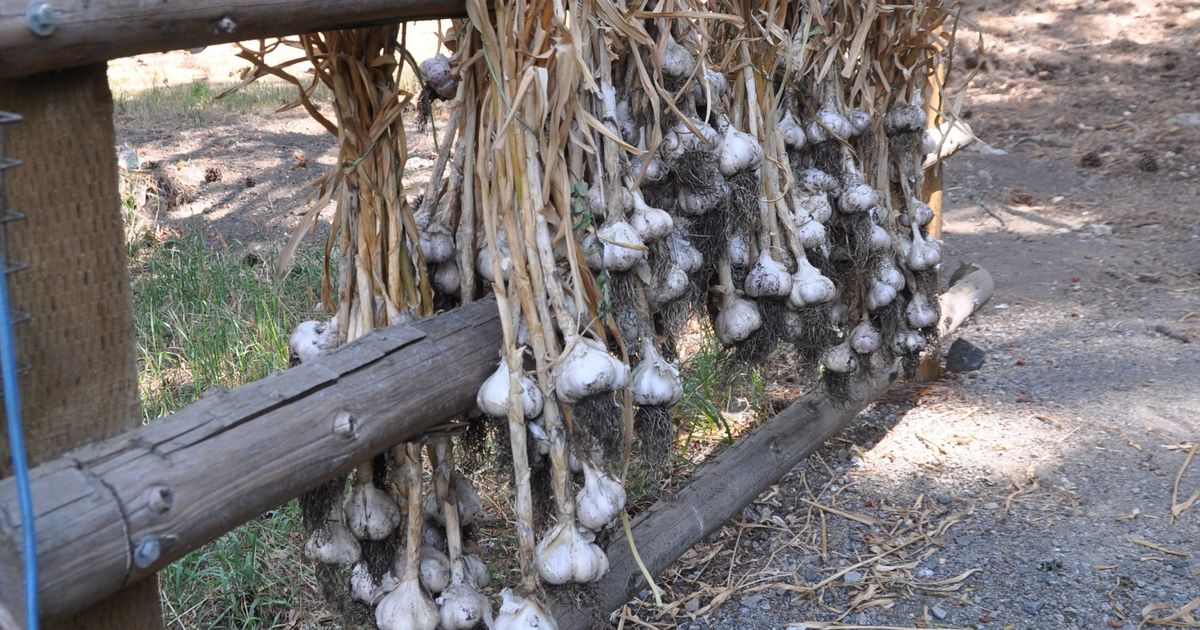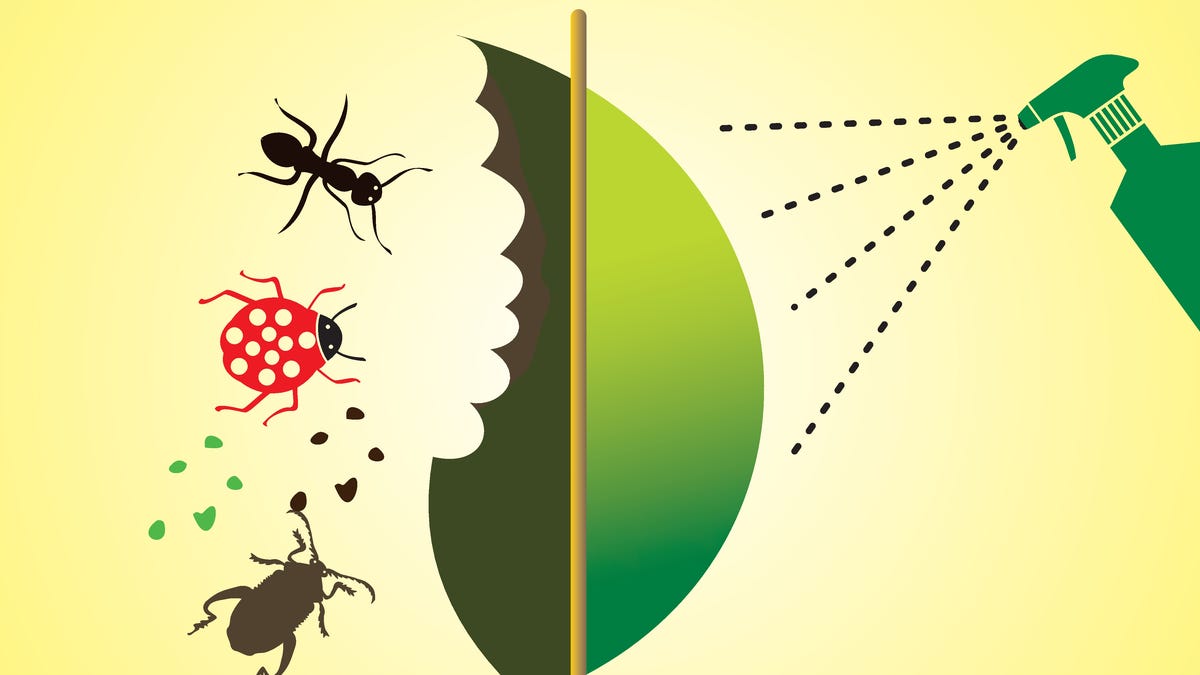It’s August and that means harvest time is upon us. With some vegetables and fruits, it’s easy to determine when they are ripe, while others require a little more knowledge and judgment. Here are some tips for telling when popular vegetables and fruits are at their peak of perfection.
Corn: It takes 21 days for an ear of corn to form after the tassels and the silks appear. The tassel at the top of the plant is the source of the pollen that drifts down on the wind to the silks emanating from the tiny ears half way down the stalk. The pollen finds its way into the hollow silk thread to fertilize the kernel on the ear. At the end of the 21 days, gently pull the husk off the tip of the ear. If the kernels are full and have a runny, milky juice, the corn is ready to harvest. If they aren’t full, wait a few days.
Melons: Watermelon and cantaloupe are the most common melons grown here because they can mature in our short growing season. Even then, it takes a hot summer to get good results. Watermelons are ripe when the stem that is attached to the melon turns brown, breaks away easily from the fruit and the bottom of the melon is a very pale yellow. Cantaloupes are ripe when the stem separates easily from the fruit and the fruit has a golden tone under the netting. All this can be tricky so be willing to experiment.
Cabbage: Heads can stay in the garden for quite a while. A ripe cabbage head should be firm and dense. Cut it off by carefully slicing the stem underneath the head. Harvested heads will keep for a couple of months when stored in a loose plastic bag in the refrigerator. Heads left too long in the garden or get too much water will split. They are still good after trimming off the wilted edges.
Eggplants: Eggplants are ripe when they have a shiny skin in which you can almost see your reflection. Over -ripe eggplant will have a duller shine. Over -ripe are still edible but will have larger seeds and a mealier texture.
Garlic: Dig garlic when half the leaves turn brown. If you planted your garlic last fall now is the time to pull it, stalks and all, and hang it to dry in a shaded area or building with good air flow for a month. This lengthens its storage life. Trim the stalks and root off after drying. If you planted it this spring, wait until September to pull it. Spring -planted heads will be smaller than fall -planted heads.
Onions: Onions need a long growing season here. Once the leaves fall over and the stems begin to turn yellow, they are ready to uproot. Dry the whole plant in a shaded area until the leaves are crisp. Then trim off the stems and roots. Don’t rub off the loose husks on garlic and onions and store them in a cool, dark place.









